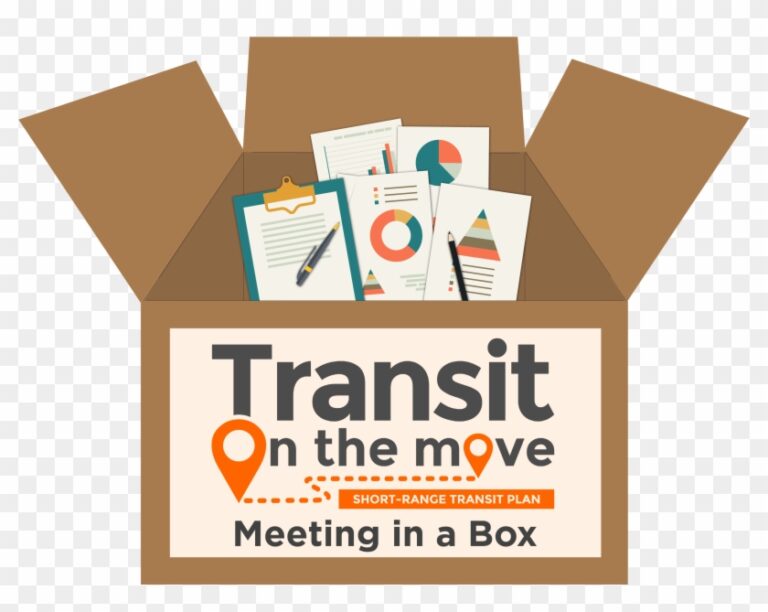As a strategy consultant for three decades, I’ve seen firsthand how strategy shaping can enhance cohesive employee teamwork – internal social capital – throughout organizations.
In fact, an organization’s strategy process can help revolutionize agile strategy and employee engagement, while combatting the loneliness epidemic our society faces today.
What can you do to engage employees in strategy within your organization?
First, grow your participative approach.
- Host inclusive strategy meetings with your team – for both virtual meetings and in-person.
- Seek a variety of expertise in your meetings (in-person and online).
- Create interdisciplinary strategy groups and communities of practice.
- Ask employee participants to help moderate your organization’s strategy and related “community of practice” sessions.
- Bring diverse stakeholder groups together.
- Seek a diverse group of “lenses” including those who can bring data to your discussions.
- Bring participants’ data into your meetings from experts across your organization. Data expedites decision making.
Second, consider using tools that keep strategy conversations alive throughout the fiscal year.
For example:
- Launch and sustain a strategy newsletter. Even a quarterly or bi-annual newsletter can help you promote strategic thinking, keep customers in the spotlight, provide future-oriented topics of interest and provide a forum to share your company’s strategy and strategic accomplishments. Use your organization’s strategy newsletter to list opportunities for strategic planning workshops, trend-focused events, and “strategy how-to” training.
- Host an exciting series of strategy guest speakers with trends and topics relevant to your organization – in-person, virtual or both. Leverage the knowledge of both internal and external speakers. Record the speakers and make the talks available for viewing later.
Third, create interdisciplinary, companywide trends analysis groups.
- Each group should be future-focused on a significant trend or relevant issue. Ask the groups to convene at least quarterly to research and share insight about the topic, including changes in the environment, threats, opportunities, and competitive intelligence with respect to the particular trend.
- Ask each group to provide a quarterly summary of trends, weak signals and implications.
- Bring all analysis groups together at least twice yearly to share findings and spark conversations about the future.
Fourth, use immersive, visual techniques to create a shared vision of the future.
Consider how augmented reality (AR) and virtual reality (VR) could be used in websites, metaverse worlds, walk-through experiences, events, and videos to inspire a shared view and stakeholder engagement.




